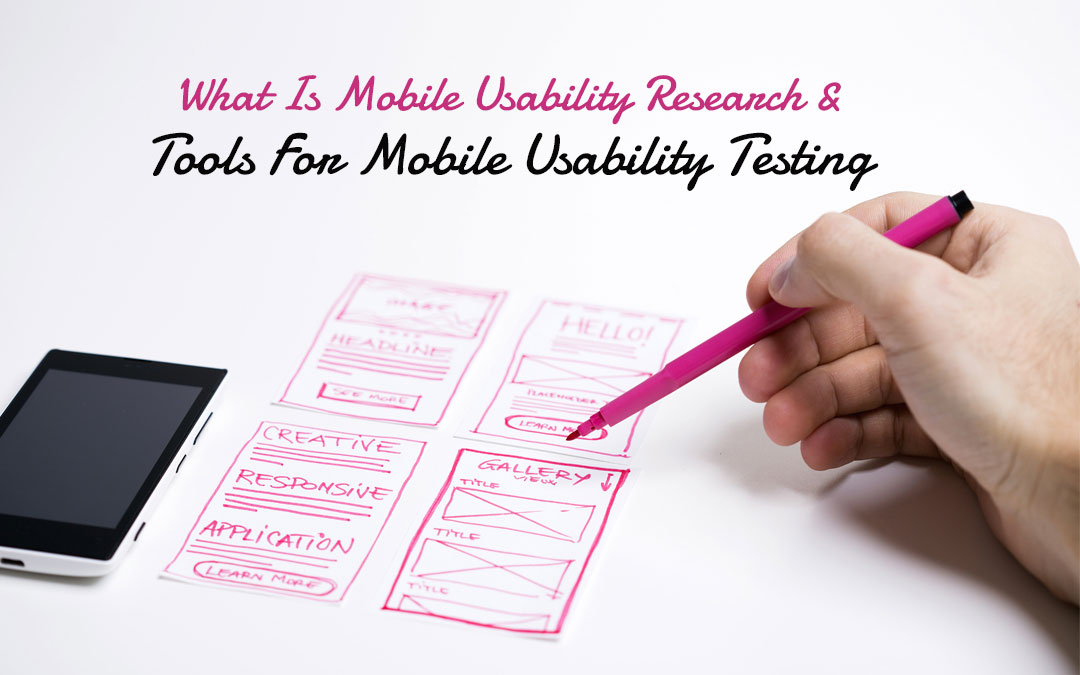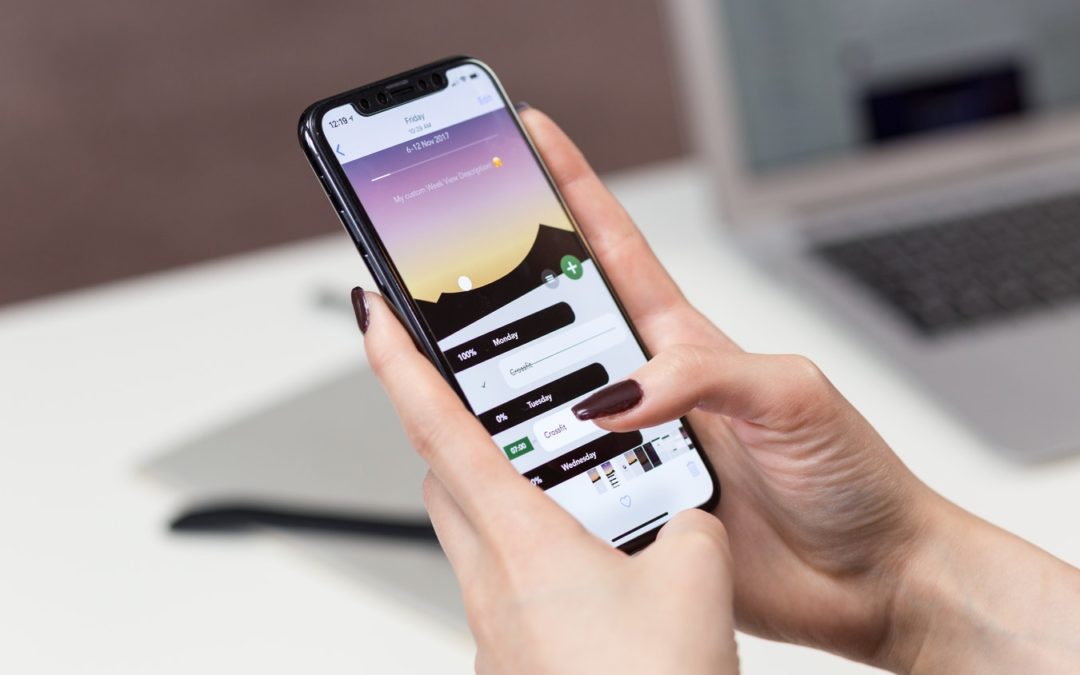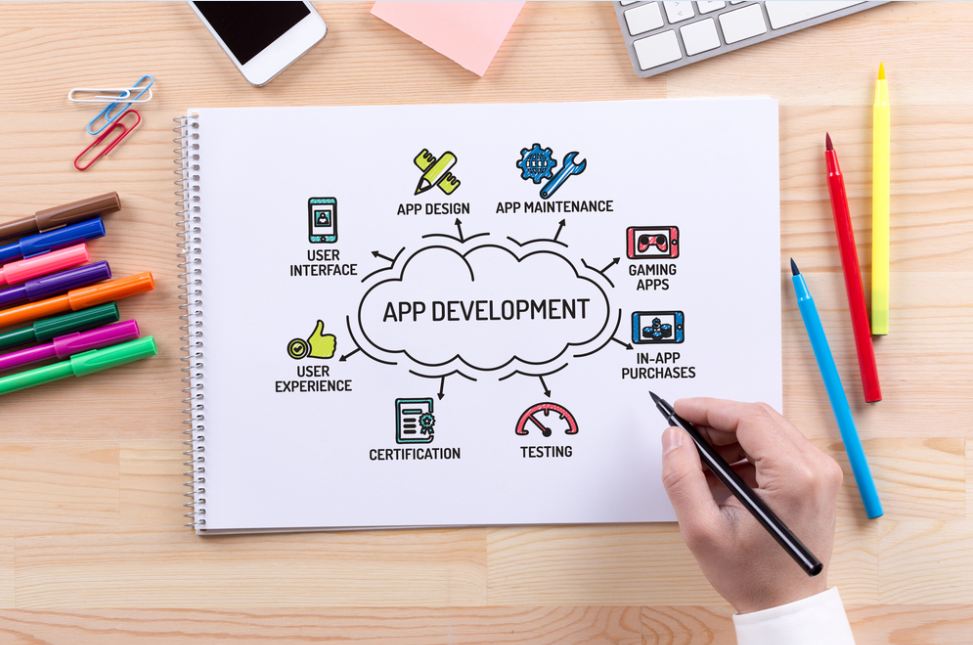If we talk about the global web traffic, mobile device users gobble up a major proportion. Even studies reveal that mobile visitors usually revisit mobile-friendly sites as these fulfill their goals successfully. When it comes to performance-enhancing parameters, usability tops the list.
Always remember that although we use similar research methods for mobile usability research as we employ for other types of usability research, still mobile environment, without a doubt, is quite different from the environment of the desktop. So, this implies that you should be aware of the context and adjust the research to use that very context to the maximum advantage. Yes, you don’t require new research skills; all you need is to change your viewpoint on research. Before you proceed with the research, you must keep the following in mind-
1. The Preparation
Now The Subject

Firstly, you must decipher what you want to learn. Find out all the unknown problems in relation to the current design. For that, you must investigate certain interactions, features or the portions corresponding to content within the design.
The Stimuli
Learn about what will you test; is it a native app or a design prototype? Gather all the information as to who is the creator and who is willing to support it during those tests. Also, get sorted with the timing so that you can know when to preview it as well as the right time to conduct the testing.
The Participants

As an initial step, you have to perform screening so as to attain what all is essential to achieve the goals. Next in recruiting, first decide who will perform the procedure- the product team, sales team, UX, or any hired help. Further, think of the method of recruiting. Is it with site intercepts or pre-scheduled way? If the recruiting process is pre-scheduled, it is best to start it almost two weeks before the test date. To ensure smooth flow, resort to systematic scheduling and reminders. You can even perform the entire recruiting thing yourself, just follow the below guidelines-
Whenever you venture out to create a new product, make sure that it finds a solution to a real problem and also that it takes real steps to tackle the problem. Now, we know that researching through people using that product or feature is the best way to test, but the question is how to find the audience? One typical approach is to go for a recruiting firm.
Depending on the fee, they will delve deeper into their database to locate, fix and allure your participants. However, in this fast competitive industry, outsourcing through agencies is redundant and heavy on a budget. So, if you recruit your participants yourself, the method will prove inexpensive, be less time-consuming, and will rope in more research participants. For a satisfying participant experience, act on these steps-
1. On The Lookout

Search where your users tend to appear online. Even many self-serve platforms come to aid to link businesses with end-users. We already know about Facebook, LinkedIn, and Google. Further industry associations, topic-specific online communities as well as popular blogs are also good mediums. And yes, don’t leave out the loyal users of your product or site; to help you with tools like Ethn.
io and SurveyGizmo can be used as they make embedding of pop-up intercepts simple which in turn pull users in real-time. For instance, on Facebook so as to widen your visibility scale, it is better if you use the Facebook advertising platform or target your posts directly to the public groups that would widen the scope of the topic of your research.
The Ad-Builder Route

There are several self-service advertising tools available on LinkedIn and Google that enable to grab the right people with the help of features like industry, geography, age, gender, company name, company size, and job titles, etc. These pay-per-click ads are then made available on specific pages of the site until the time the daily budget meets its limit.
And if by any chance you come across online discussions corresponding to the problem you are trying to deal with, you are in for a jackpot as this is the place where people are keen on finding solutions. No matter whichever place you try to publicize your study, make sure that you are posting is to the point, clear and other relative factors are touched upon early so that you save on your budget as well as the user’s time by eliminating unnecessary clicks from vague parties.
2. Time To Pick
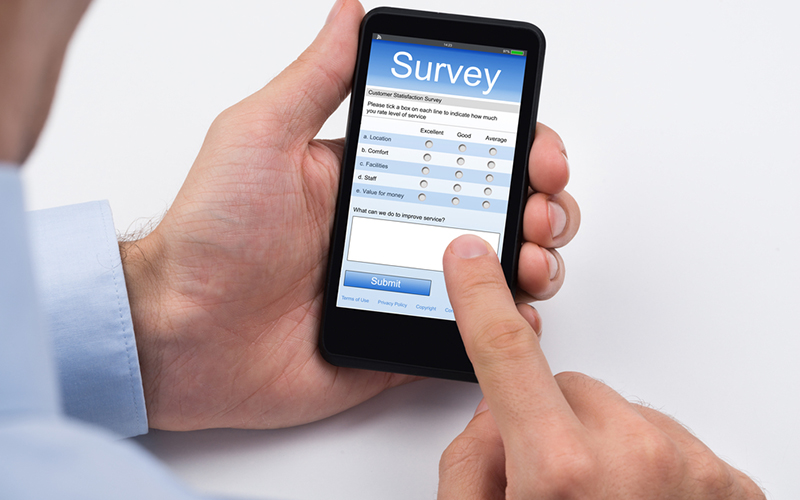
The promotions that you created earlier will automatically take care of the fact that your recruits ideally represent your target user. Next, you have to decide the screening criteria so frame a list of clear-cut questions that helps you to determine your target audience. Once you have shortlisted these questions, you can reuse them with minor changes as per the demand of the survey.
The screener is quite similar to any other survey, but it is crafted in a way so as to distinguish qualified from the unqualified. The survey-building tools available these days are Google Forms, Survey Monkey, Wufoo, Survey Gizmo, etc. Keep the screener concise to what you are trying to figure out. Be careful with the wording of the questions. Be particular that the answers you are trying to get aren’t typical as it will influence those who are just participating for incentives.
Based on the respondent’s answers, you can easily judge those who are eligible for the interview. And this is where it gets going as you can direct them to a page to choose from one of your fixed time slots.
3. Schedule The Interviews
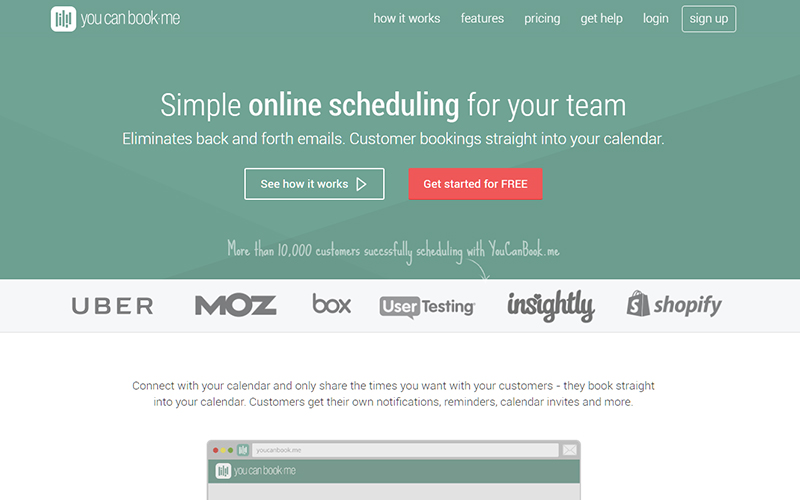
As soon as you have a qualified participant, the next step in the process is to get them scheduled. By this time, you are already familiar with internal attendees like a notetaker, a facilitator and also other stakeholders. You will get hold of the interview dates and further team’s availability on those dates. The site YouCanBook.me gives the accessible time slots to participants as per their local time zone.
When a slot is fixed, it is followed by a confirmation email and a calendar invite thereby making use of the content you want. Sites like YouCanBook.Me, Doodle.com and Calendly.com simplify the process of scheduling. They directly connect with your calendar and only keep open the times you want with your customer i.e. they book straight out of your calendar.
Further, customers get their own reminders, notifications, calendar invites, and lots more other stuff. These sites make your booking pages personalized by integrating the page with your Google, Microsoft, or iCloud calendar. Time zones are not a problem anymore as they automatically pick up the customers’ time zones and see to it that everyone gets to view the right times. So, now there is no problem with conflicting bookings as you can enjoy the benefit of automatically synced appointments to your calendar.
4. Setting Reminders
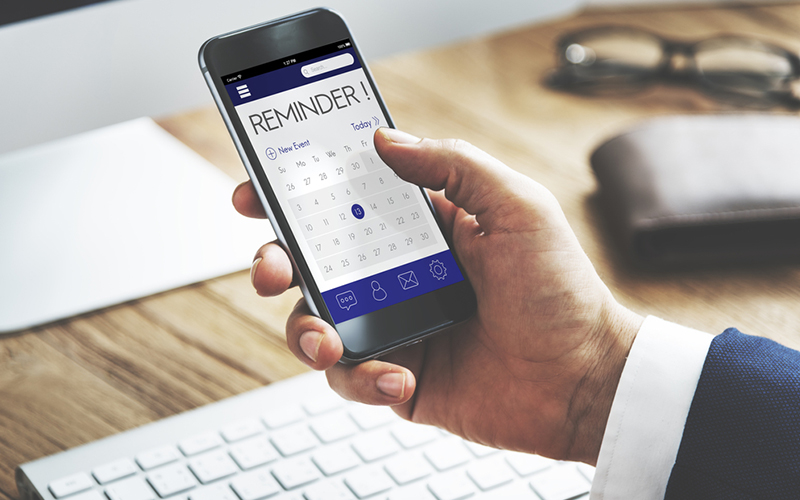
Reminders are very beneficial in reducing the no-show rate. Just when the study commences, try to interpret which type of reminders will work in favor of your study’s personas. Like the text, email, and voice, all are good ways. It is all about drafting these reminders once as even if you are held up in work later, anyone can jump in and send one quickly. Reminders are helpful in explaining the reschedule procedure too. YouCanBook.me easily embeds links for the purpose of rescheduling and cancels up all communication.
A powerful website is boomeranggmail.com that sets reminders for Gmail and lets you take control over sending and receiving of email messages. Once you are done writing an email, you can schedule it to be sent later at the perfect time. Simply compose the message as you normally would and then select Send Later button. Handy calendar picker directs the Boomerang when to proceed with the task.
5. In For Reward
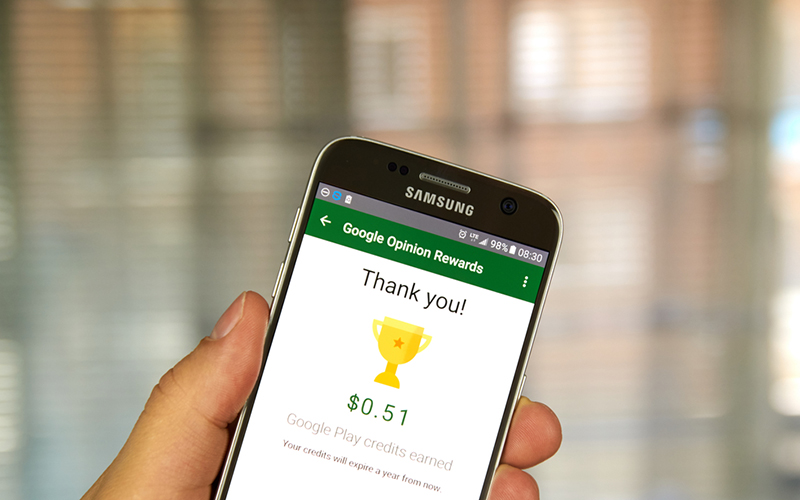
Keeping in mind your audience, incentives can be a great tool to allure the participants. At the beginning of each study, we have to evaluate the product’s personas and what value they hold. Do they prefer Amazon or Walmart for shopping? Are they looking for any specifics in the name of studies like software or merchandise credits? Or are they actually power users who seek improvements in your product? To avail the maximum benefit from keeping this offer, specify it in the promotion, invitation, and also in the consequent reminders.
When we attract the participants through incentives, ease of delivery is what we want. Digital bonuses like gift cards and software credits are perfect because you can utilize each incentive immediately after a session finishes.
For the purpose of web sharing, various tools like Zoom.us, join.me and many others can be used so as to conduct the research through video conferencing or web conferencing. These aids provide a complete enterprise experience and are easy to use, buy and scale. Further, their affordability and straightforward pricing are a major plus.
2. On Job
Space and Technology
Set up a space that is far away from distractions. Keep in handy two webcams for the face and hands. The printed materials that are required are printed prototype, consent from and incentive receipt. Make all the arrangements for streaming, recording, and chatting.
Real-Time Work
Create the setup for a live chat with a moderator. You must have Rainbow spreadsheets or Google Docs so as to make regular observations during the test. A team debriefs is also needed after every session.
3. Tools For Qualitative Mobile Usability Research
Usertesting.com
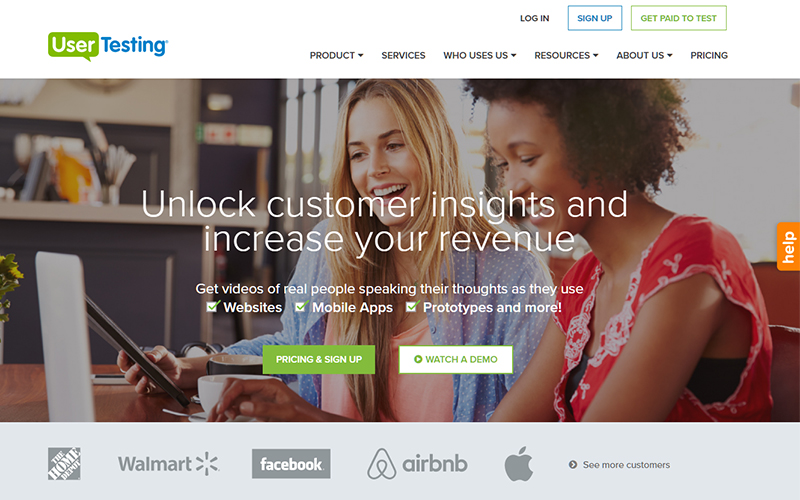
This tool is an apt medium to bring forth customer insights and also to enhance your revenue. Here you can access the videos on your target market using any site or app. Now you can easily determine your target audience and get the feedback in a matter of an hour.
In User testing, you can conveniently choose your users and list your own tasks or at the most, offload work to their expert research team. It is an ideal platform to learn current trends and decode the best practices in usability and marketing from the industry experts themselves.
Usability Tool : Usertesting.com
Lookback.io
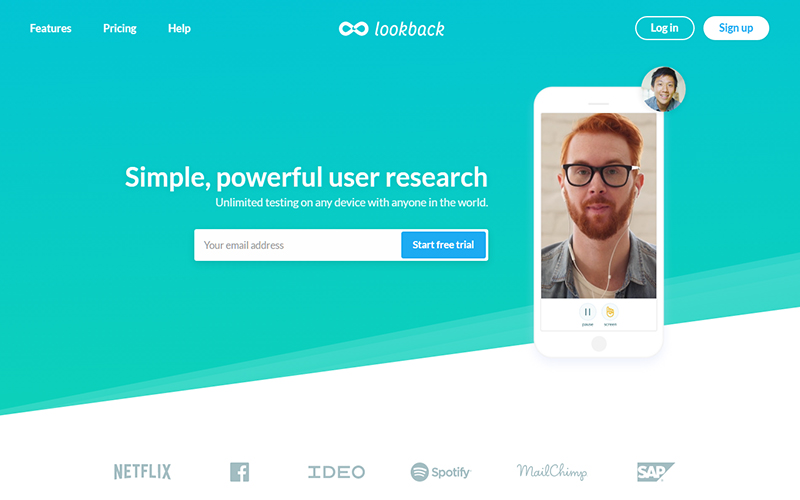
Lookback gives the privilege of unlimited testing on any device with anyone in the world. It gives way to simple yet powerful user research. The tool takes research beyond the means of the lab. Yes, you can interview and record the face, screen, and voice of any person, at any location in this world. You can also send a self-test to anyone easily.
Participants can evaluate on their own time in relation to natural context. With Lookback, there is no need for cameras, hard drives, and footage. Everything is instant, quick, and almost magical here.
Loop11.com
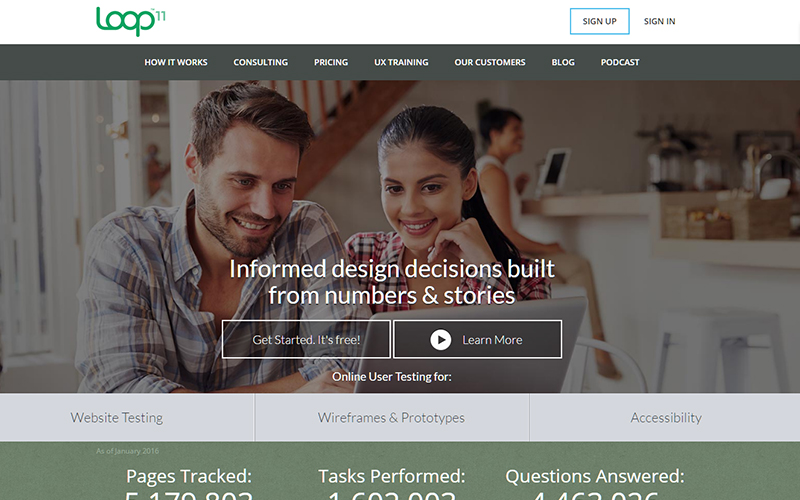
This usability testing tool offers brilliant reporting features. The data for usability is critically analyzed with a superior and affordable interface. Loop11 gives both qualitative and quantitative usability metrics and is indeed the most successful platform utilized by some of the most reputed companies in the world. Its high-end usability testing solutions make it the best choice for the clients.
Userlytics.com
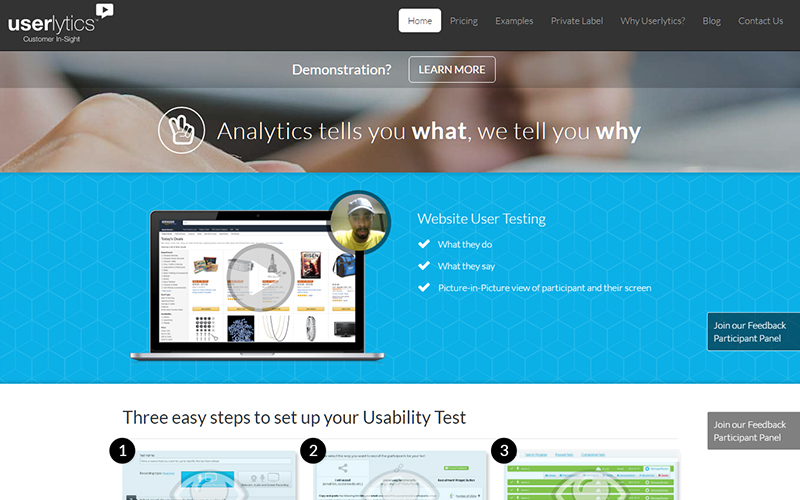
Userlytics uncover the ‘why’ of analytics. You have to define the user test script either through a pre-defined template or a script of your own. There is an option of custom screeners that helps to invite participants. And as a final step, you can receive testing results in a few hours which you can label and share with colleagues and clients. The results can be downloaded and transformed as per your required format.
4. Order of Action
After the research is done, you have to be vigilant and rewatch and flesh out the rainbow spreadsheet. Determine the order of preference of each item as a team i.e. if it has to be taken to the development backlog or design backlog or whether more research is needed.
Conclusion
In the digital marketplace, where there is a cluster of similar offerings, be it a website or electronic device, the major factor which makes all the difference in user experience. It is tough to rise amongst these ‘me too’ products. Based on the research of what users truly need, we can devise a simple-to-use interface solution and win with a product that offers unparalleled usability.
It is important to embrace usability open-heartedly to drive revenue, customer loyalty, and productivity. Mobile usability research is a must if we want an optimal return on investment in line with new technologies. Remember feature-rich devices are not the key to meaningful user experiences; it is usability that gives you the competitive advantage and thus, should be well studied so as to render solutions that score in intuitiveness besides feature and functionality.
